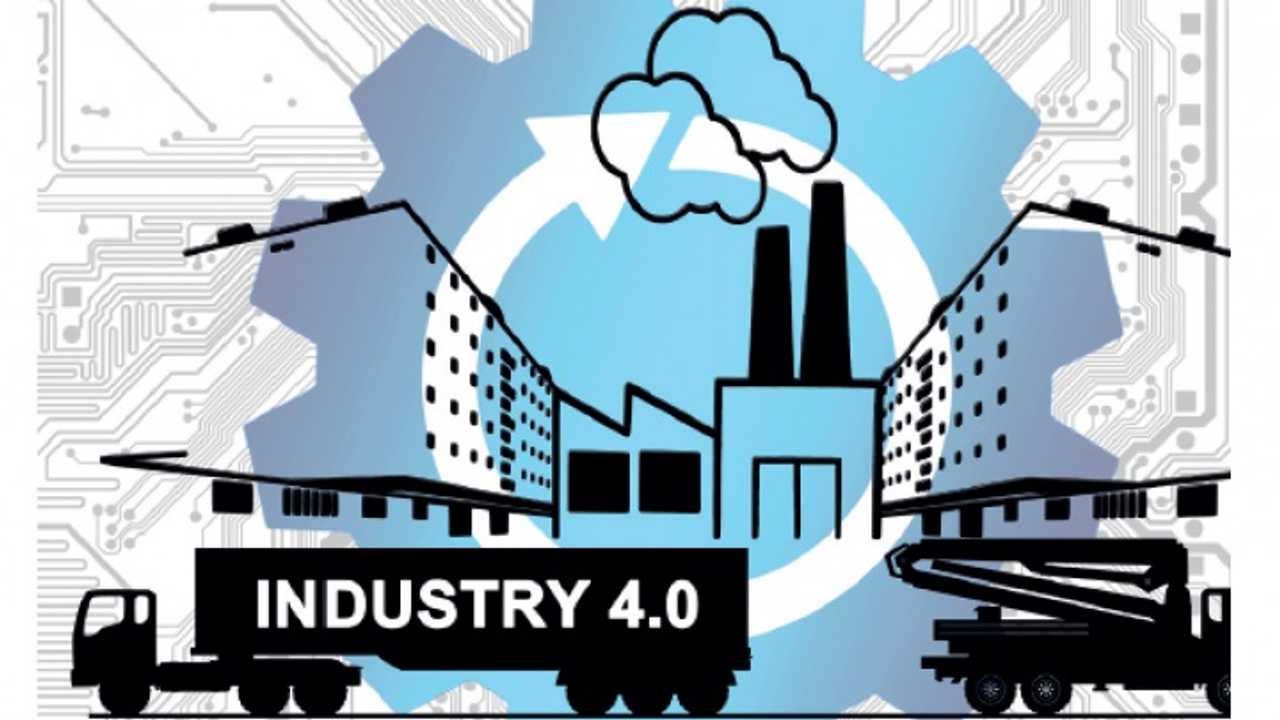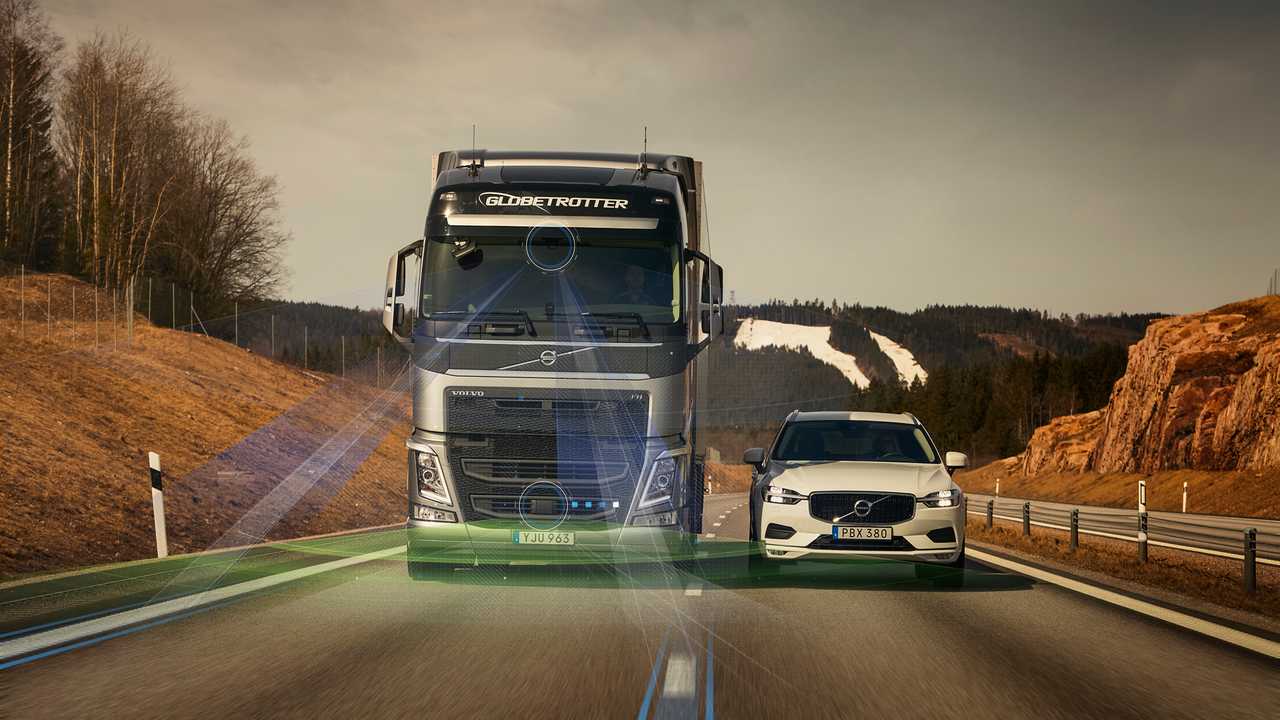
Internet of Things, what does transport have to do with it
Content
La link is the key to technological development in recent decades: through the ability to make people talk and interact with each other different devices the greatest progress has been made in the area of security, and the first examples of artificial intelligence have been developed. The next step will be the ability to facilitate complete and universal data exchange without creating direct connections, but by combining everything into a single whole. information network.
Principle Internet of things (Abbreviated IoT) or “Internet of Things”, a technology in developing however, we are already seeing practical applications in the world of industry and transport.
More interaction, more efficiency
The most specific example is already being offered today by the most modern services. fleet managementwho no longer rely on the recording of passive data to collect statistics, but thanks to communication satellite and wireless can receive real-time information, tracking the position as well as the performance status of vehicles, driver status, traffic, communication via customers and recipients goods.

All thanks to the skills of people "electronic brains»Connected (from systems diagnostics on board to navigators, to personal devices such as smartphones) to share information within their “competence” and receive information, optimizing operations in a coordinated manner.
Towards industry 4.0
A process that will also bring undeniable benefits production processes and logistics, paving the way for the so-called Industry 4.0 which is based on a new production concept e distribution based precisely on the ability to communicate in a more complete and global way.

From active safety to autonomous driving
In the field of security, so far, developments concern the complex sensory systems on board, in which cameras, radars and various detectors are no longer connected to a single device that works independently of its function, but offers panoramic surrounding traffic, allowing different technologies to communicate with each other.
This is the same concept behind the development of autonomous driving, which we already see as a specific example with systems second level, applies to light and heavy vehicles, in which active cruise control and lane control allow vehicles to move without driver intervention.

Everyone is online
The next step is enhanced vehicle-to-vehicle communication (V2V) and vehicle-to-vehicle communication infrastructure (V2G or V2X) as cameras and smart traffic lights, but also personal devices to inform cars and road users about mutual presence even at a distance and to eliminate the risk of accidents as much as possible. But also exchange traffic information, obstacles, weather conditions, etc ...
The turning point of the whole process is the creation of the ad network. high efficiency for data transmission, already constant and this will happen over the next few years with a gradual transition to the 5G protocol.
